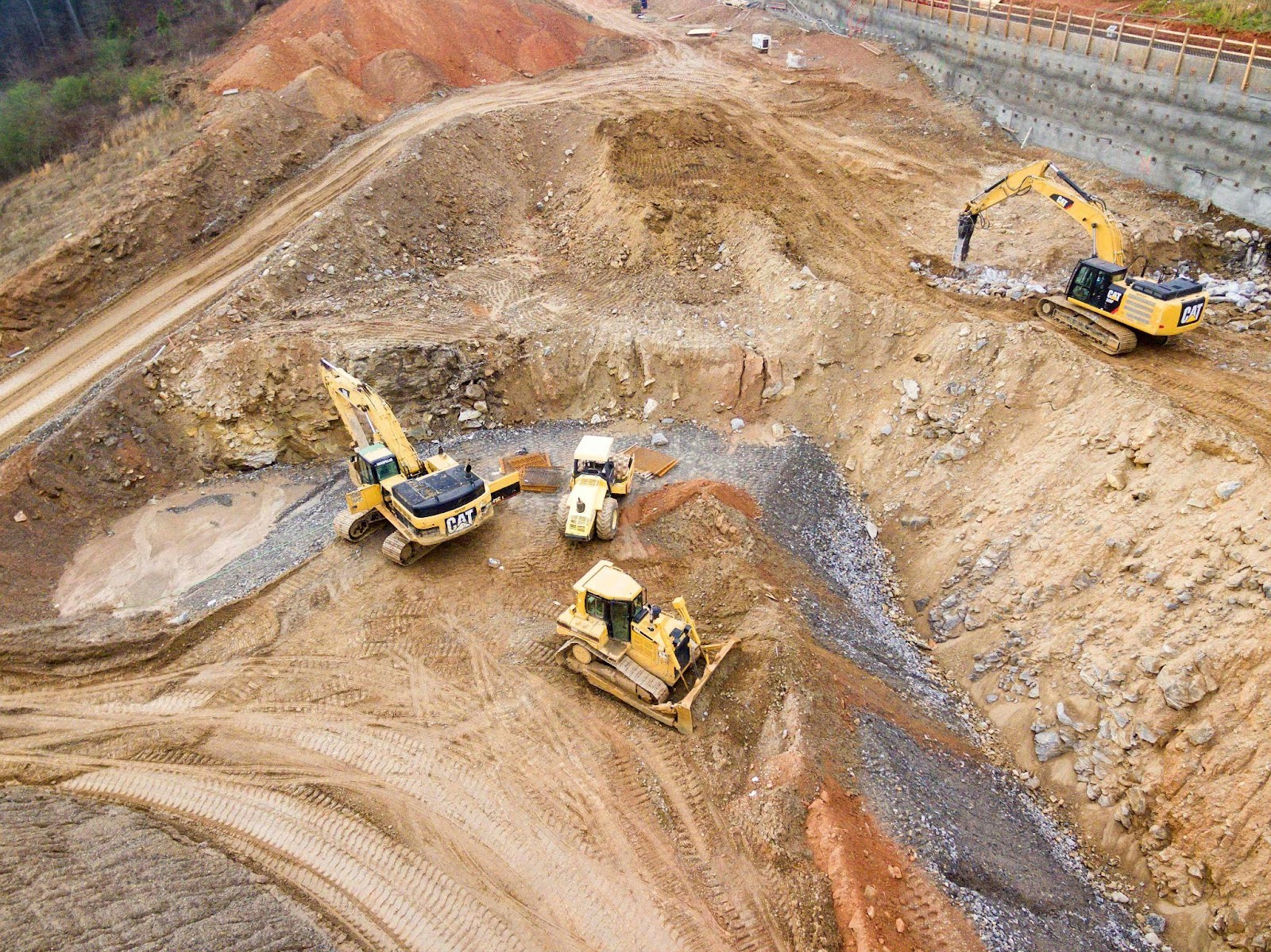In the arduous journey of construction, every brick, every piece of machinery, every hand involved plays a critical role in orchestrating a successful project. With myriad projects of varying complexities and sizes, it becomes quintessential for construction professionals to navigate the intricate world of wet and dry hire, optimising resources and ensuring project efficiency.
The Threads of Wet and Dry Hire in Construction
Delving deeper into the realm of construction, machinery and equipment form the cornerstone of a project’s timeline and budget. The choice often lies between “wet hire” – hiring equipment accompanied by a proficient operator, and “dry hire” – renting equipment solely, with the responsibility of an operator resting on the hiring company’s shoulders.
Each path is strewn with unique benefits and challenges – a deeper comprehension of which can aid in maximising project effectiveness and cost-efficiency.
Balancing the Scales: Pros and Cons of Wet Hire
Wet hire from Fraser Earthworks and other leading companies, with its share of benefits, is often swaying in the favour of many construction enthusiasts. The allure of convenience – having an expert operator along with the equipment, reduces the burden on the shoulders of the hiring team. It is particularly beneficial when projects involve complex machinery, which might not be within the expertise of the current team. Furthermore, reduced downtime due to an experienced operator’s familiarity with the equipment can be a boon.
However, wet hire isn’t without its clouds. The cost, being the most significant deterrent, can inflate with the inclusion of the operator’s hiring expense. Additionally, dependency on external operators can create bottlenecks in scheduling, especially with in-demand machinery, thereby escalating the risk of project delays.
The Pros and Cons of Dry Hire
Dry hire often wins favour in the eyes of firms having skilled operators in their cadre. It extends flexibility to fully utilise in-house expertise, leading to potential cost savings by eliminating the expense of an external operator.
But dry hire, too, is not without its set of challenges. The primary being the responsibility it bestows on the hiring company to ensure safe and efficient operation of the machinery. Without an expert hand, the possibility of equipment misuse or accidents may increase, leading to expensive repairs and delays. Matching operator availability with equipment accessibility also presents a logistical hurdle which can become convoluted depending on the project’s scale and duration.
Equipment Hire Options: A Conclusion
The decision between wet and dry hire should not be taken lightly. Each facet offers its unique advantages and potential pitfalls which need to be meticulously evaluated considering the project requirements, resources, and the team’s expertise. While wet hire gives the convenience and assurance of skilled operators, dry hire lends flexibility and potential for cost savings.
Understanding these dynamics is indispensable for construction professionals seeking to make informed decisions, optimise their resources, and achieve successful construction projects.
